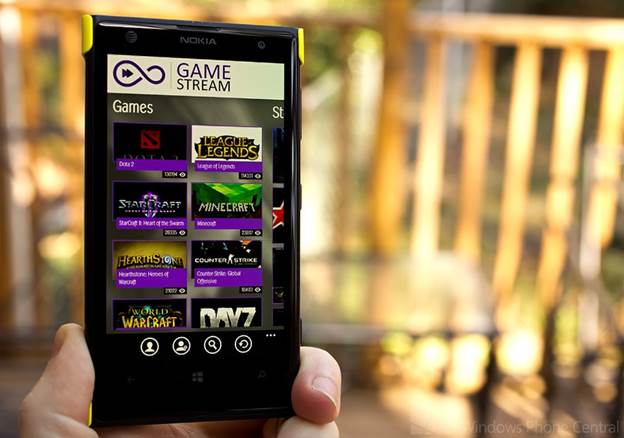Brush up on your gaming lingo,
because e-sports is returning to relevance.
There was also the problem where e-sports
didn’t actually help sell video games. Tournaments always revolve around a few stalwarts
such as Counter-Strike and StarCraft that have years of building their
popularity and fan base. Each game is a discipline in itself. While both
Warcraft and StarCraft are real-time strategy games built by the same
developer, they are as different as apples are to oranges in terms of gameplay.
As tournaments continue to focus on decade-old games, sponsors began to pull
out because they can’t promote newer titles. Publishers tried to cut deals to
push their own games as competition titles or create alternative tournaments
themselves, further fragmenting the e-sports scene. An example is the
aforementioned 2005 CPL championships, where the official game — Painkiller — was
neither an established multiplayer game nor did it have a popular following.
Painkiller was never used again in another tournament and in 2006, CPL replaced
it with the more popular Quake III Arena.

The
crowd at KeyArena watches the action on giant screens while teams compete from
booths below at the “Dota 2″ tournament The International
It would take a few years for e-sports to
fight back to relevancy and for technology to catch up to provide the
interactive digital platform it needed to thrive on. Instead of forcing video
games on the mainstream public, the various tournaments worked within their
community to build audience. Software and networking support for competitions
were improved; games are able to put creative power into gamers’ hands to
produce their own content from replays to live game-casting; social networking
and streaming services meant that gamers could publish their content for a
worldwide audience. Lastly, a micro transactional model gave publishers an
avenue for profit.
Ever heard of Twitch.tv? No? That’s
probably because you’re not a gamer. But let’s look at statistics for a bit.
Twitch.tv is a video game streaming platform. Call it the YouTube of gaming if
you will. The service only started in 2011 and by 2013 has grown to 45 million
unique visitors, streams 6,000,000 broadcasts with 12,000,000,000 minutes of video
watched every month. According to a February 2014 Wall Street journal article
with statistics from DeepField, Twitch.tv is now the 4th largest source of
internet traffic in all of the U.S., beating Facebook (6th) even.

Infinite
Game Stream is a straightforward Windows Phone 8 client app for Twitch.tv.
What is Twitch.tv you ask? Twitch is a leading video platform and community
for gamers. Twitch.tv provides content on gaming strategy, development and
industry news.
Another example is Dota 2, a popular online
arena battle game which headlines a tournament called The International. If you
haven’t heard of it before as well, we’ll chalk it up again as being a
non-gamer. But within the Dota 2 community, this is the biggest event of the
year. The International 2014, which happened in July, boasted a prize pool of
over US$10 million, the largest sum ever offered in the history of e-sports.
What’s more amazing is that this prize pool was not backed by any major
sponsor, but was crowd funded almost entirely by the Dota 2 community
themselves. Gamers who purchased an interactive program guide for the
tournament called a ‘Compendium’ contributed US$2.5 towards the prize pool. The
final pool amounted to US$10,930,814, with the champions’ purse totalling
US$5,028,308.

The
2014 International "Dota 2" championships kicked off on Friday with
teams battling it out for a chance at a $10.8 million prize pool, which
overshadows last year's prize pool of $2.9 million.
That’s a lot of Compendiums sold and a lot
of gamers out there. The fact of the matter isn’t really about gaming or
e-sports going mainstream, but the changing of the norm. We live in a
generation that probably has more gamers out there than non-gamers, and they
are set to become the new mainstream.